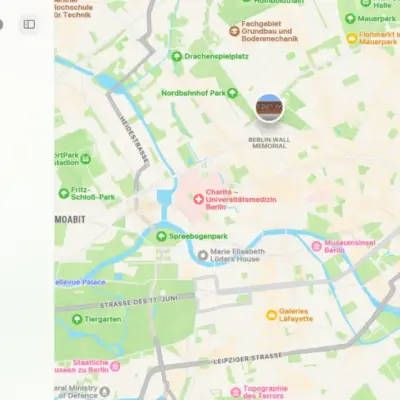Truck It In, a freight start-up based in Karachi has announced the successful conclusion of a $13 million seed fundraising round, the country’s largest ever.
“We thought our abilities were complementary, and we were motivated to develop something that would have a meaningful impact on Pakistan,” says Sarmad, the CEO of Truck It In. The company was just founded in March of last year, but it already employs over 200 people and has seen a 37-fold increase in income since then. “Our market’s response has been massive and overwhelming,” he continued.
Truck It In is a platform that connects shippers who need items delivered in Pakistan with truck drivers who can help them. It currently services over 100 “trade lanes,” or roads connecting villages and cities across the country, and is growing.
The platform is a digital answer to a traditional problem. The trucking industry in Pakistan is huge but fragmented: up to 95% of operators are tiny enterprises with fewer than five trucks — and in many cases, just one truck. Navigating this fragmentation when shippers – both huge organizations and millions of SMEs – have items to move is difficult and time-consuming. As a result, both sides have typically relied on an army of intermediaries – middlemen who work with groups of truckers or shippers, or who handle practical difficulties like paperwork.
The Pakistani road freight industry is valued at roughly $25 billion per year or 10% of the country’s GDP. However, because the prices of all those intermediaries are so high, shippers frequently overpay; truckers, on the other hand, are frequently underpaid.
The potential to cut out these middlemen is the allure of Truck It In. This disintermediation method provides the same economic benefits as it does in every other industry where it has been used, with a win-win situation for both parties. Shippers should pay less to get their goods from point A to point B. Truck drivers should have the opportunity to earn more money.
Even after Truck It In has taken its cut, this is still true. The platform makes money by charging a fee every time it facilitates a shipment, with the exact amount varying depending on factors including the trade lane served and the price negotiated between the driver and the shipper.
Farooq reminds out that middlemen aren’t even giving a good service. Most only engage with a few truckers or shippers, therefore both parties must communicate with many middlemen to move forward. It is a time-consuming and inefficient method of conducting business.
“The goal is to eliminate pain points in an industry where individuals rely on mental notes and phone conversations,” adds Farooq. “We’re introducing efficiency here by establishing a platform to ensure that SMEs have the tools and services they need to succeed today; we’re seeking to revolutionize shippers’ and truckers’ experiences, ushering them into the digital future.”
There are numerous opportunities for the corporation to do more of this. Beyond the fundamental matchmaking service, the platform is providing new capabilities for both parties; indeed, the company’s fresh cash will allow it to double its software engineering team’s investment. For example, there is potential to digitize the complex documentation that must accompany most shipments. As the platform’s data grows, it will be able to assist truckers in developing a better understanding of the market and, as a result, focusing on the most profitable sectors of business. Farooq vows, “We’ll help them make better judgments.”
Image Courtesy: Truck It In





